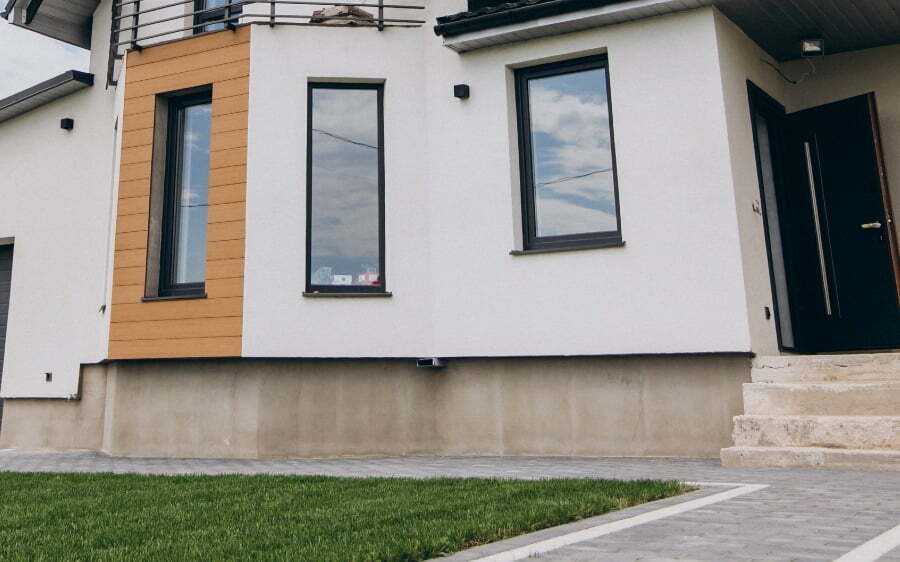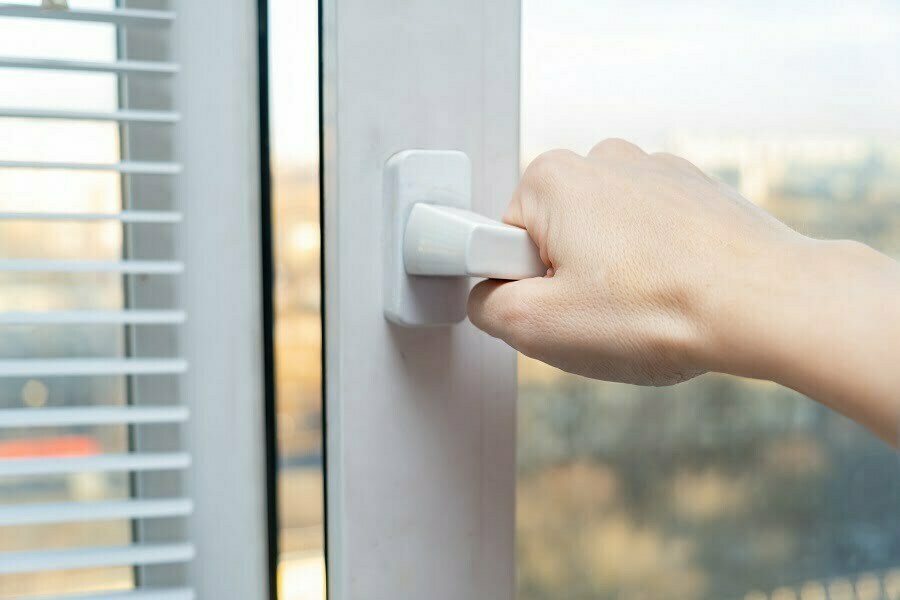Last updated on
Every day, we use our trusty stoves to cook dinner, our washing machines to clean our clothes, and our dryers to get the wrinkles out. We rely on these common appliances to make our lives easier.
But what happens when one of them breaks down? While some house repairs are small and easily fixed (a clogged sink, for instance), others require a bit more time, effort—and money.
To help you be prepared for whatever repair might come your way, we’ve compiled a list of not-so-common house repairs that homeowners should think about doing.
For example, learn about heat pump water heaters pros and cons to stay ahead of potential issues. It’s important to know the advantages and disadvantages of such a major appliance before making a purchase decision.
Start by Evaluating the Condition of Your Home’s Foundation

Evaluating the condition of your home’s foundation is an important maintenance step and shouldn’t be overlooked. Cracks or gaps can indicate a variety of issues and should be taken seriously.
The good news is that a professional is just a call away to help with repairs – however, the sooner you start the process, the better it will be in the long run.
Taking care of small problems now can save you headaches and money later on, so don’t delay in booking an appointment with an experienced contractor!
Septic System Inspection
If your home is not connected to the public sewer, it likely has its own septic system. This requires regular inspections and maintenance to ensure that everything is running smoothly.
If there is any indication of an issue, septic tank repair or replacement may be necessary. Regularly checking your septic tank and drain field can help you avoid costly repairs and backups down the line.
If there is any indication of an issue, septic tank repair or replacement may be necessary.
Take a Look at Your Windows and Doors. Are They Drafty?

Taking care of our windows and doors can be one of the most effective ways to keep a house warm during the winter and cool in the summer. The key lies in regularly inspecting them for signs of draftiness or wear, such as loose weatherstripping or degraded caulking.
While these fixes may seem small, traditional methods like weatherstripping and caulking can make an enormous difference when it comes to improving the thermal comfort level of your home.
Unlike larger-scale insulation projects that often require professional installation, they are fairly easy to DIY jobs—simple repairs that will save you money on energy bills over time.
Check the Condition of Your Gutters and Downspouts
It’s a good idea to make sure your gutters and downspouts haven’t been clogged up with leaves or other debris. If you see that they are full, it’s better to take action sooner rather than later to prevent any water backup damage.
Make sure you’re keeping tabs on the condition of your shingles – if there are any cracked, missing, or otherwise damaged areas on your roof, it’s best to contact a roofer right away so they can determine if repairs are necessary.
Ignoring these issues may not just cost you money in the long run – it could also put your family in danger from potential leaks.
Spring is the perfect time to give your home a little love and attention. By taking care of some simple maintenance tasks, you can keep your home in tip-top shape all year long.
And, if you spot any bigger problems, you can call in a professional to take care of them before they turn into costly repairs.
Recap:



